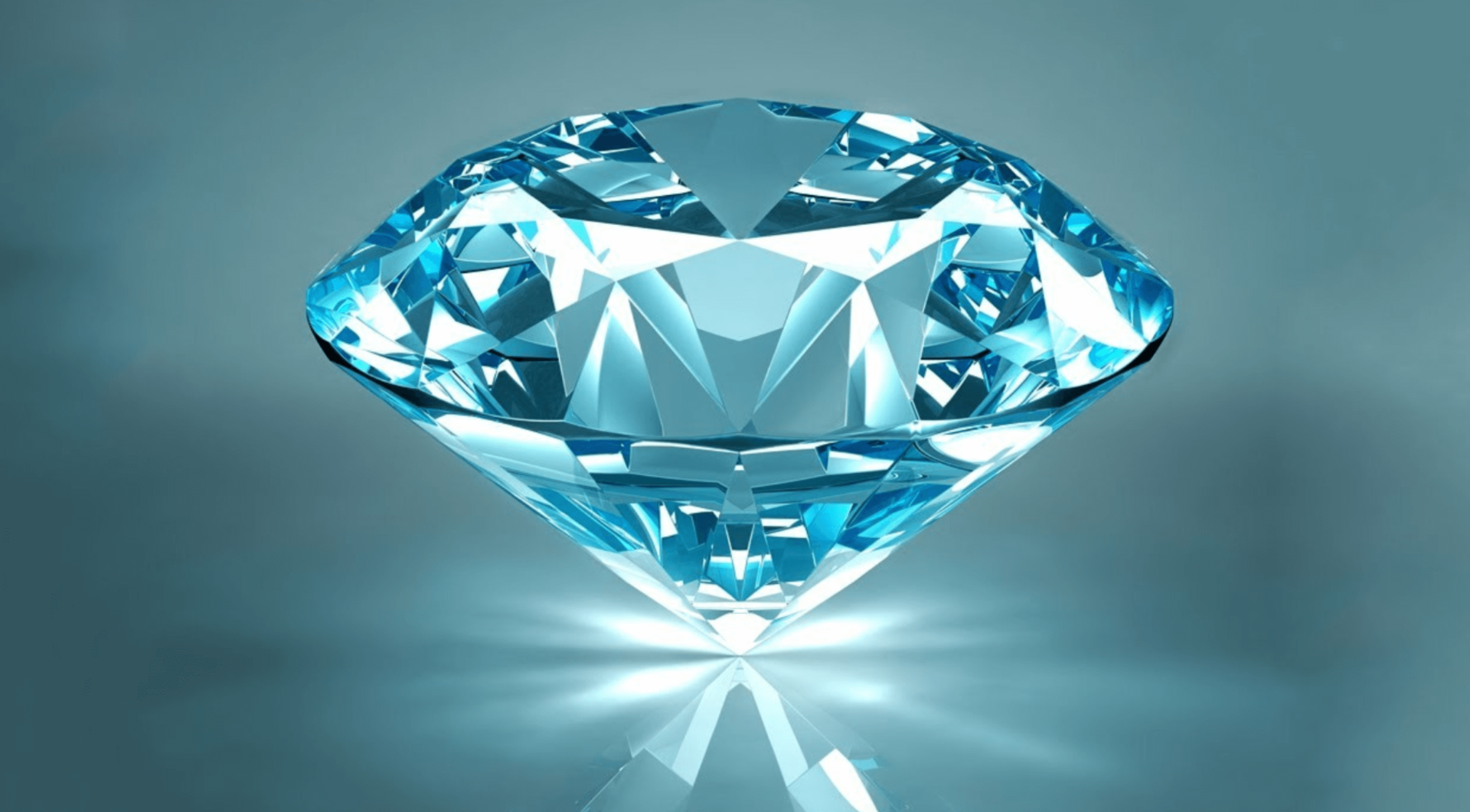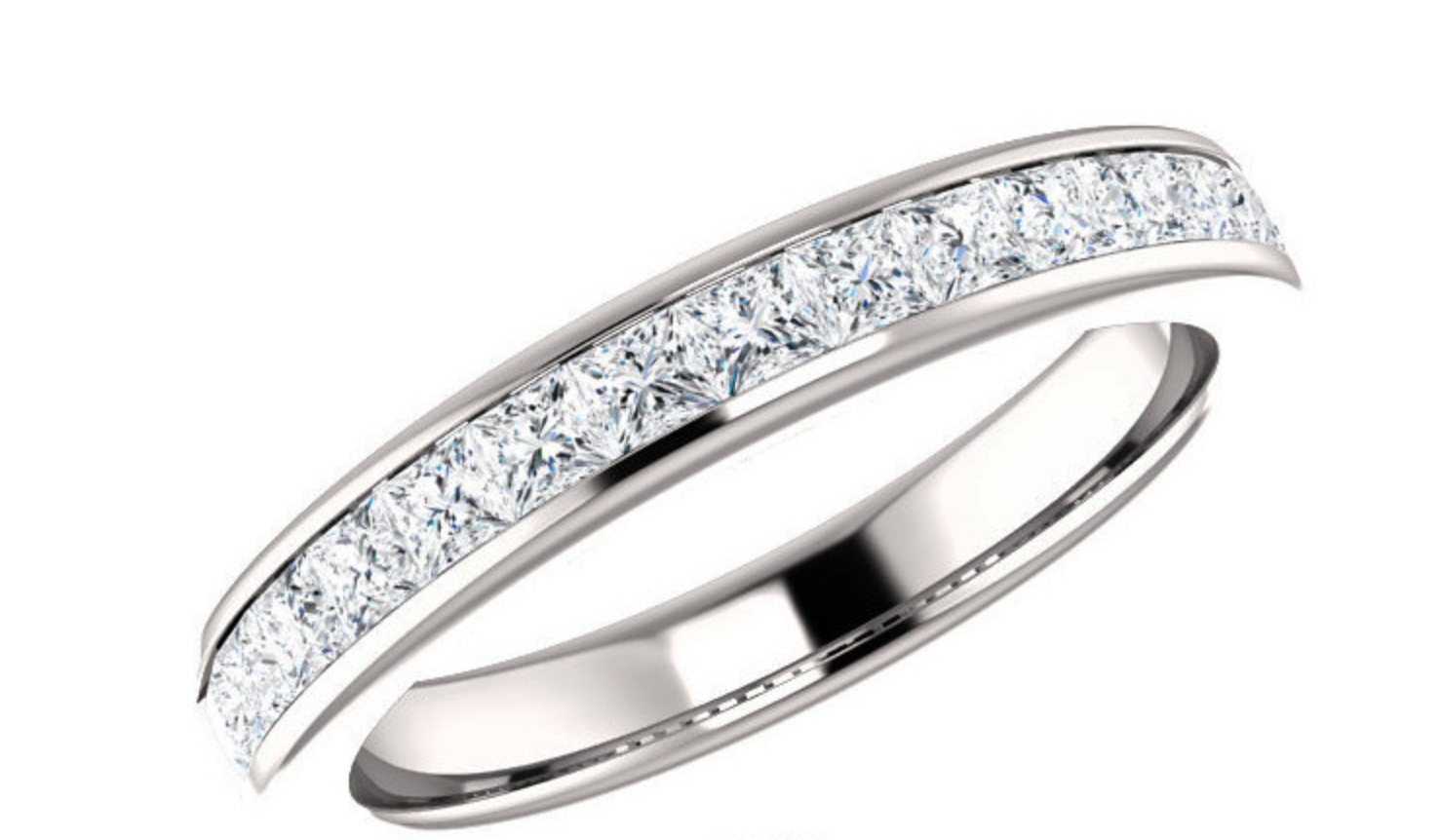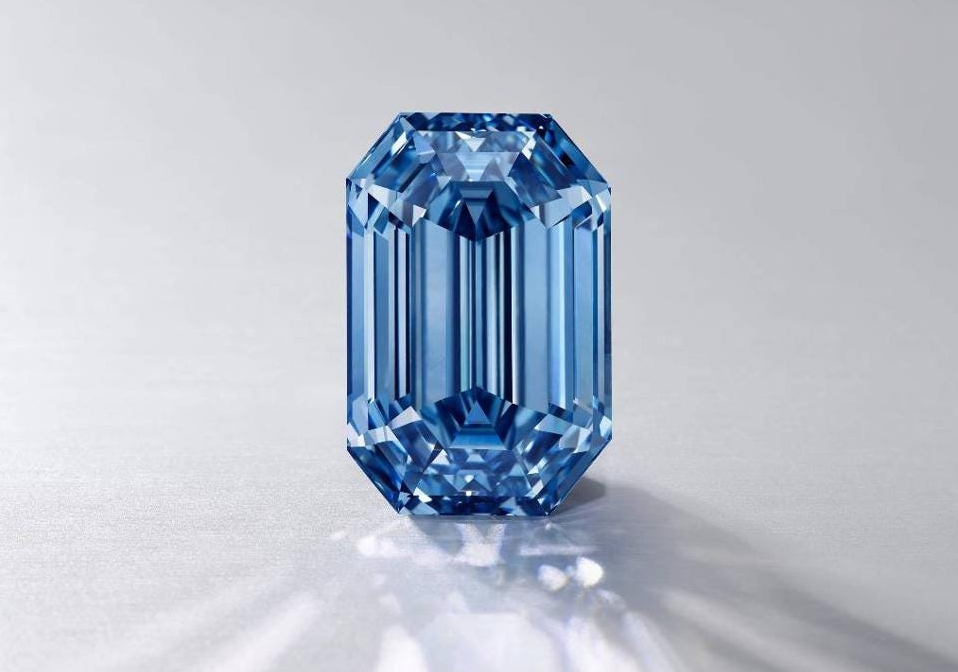Comments
- No comments found

Diamonds are one of the most coveted and valuable gemstones in the world.
Unfortunately, this makes them a prime target for fraudsters looking to profit quickly. The rise of synthetic and imitation diamonds has made it increasingly difficult for even seasoned experts to distinguish between genuine and fake stones. However, knowing how to spot a simulated diamond is crucial to avoid being scammed. In this guide, we'll closely examine the key characteristics that differentiate real diamonds from their fake counterparts. We'll also provide practical tips and tricks for diamond shopping, so you can confidently make informed decisions and avoid falling prey to scams. Whether you're in the market for a diamond engagement ring, a special piece of jewelry, or want to invest in diamonds, this guide is an essential tool for any savvy shopper.

Diamonds are one of the world's most valuable and highly prizednacked gemstones. However, the high value and demand for diamonds have made them a target for counterfeiters and scammers who seek to pass off fake diamonds as real ones. As a consumer, it's important to differentiate between real diamonds and their counterfeit counterparts to avoid being scammed. Several key characteristics differentiate real diamonds from fake ones. These include:
Hardness: Diamonds are the hardest known natural substance, scoring a ten on the Mohs scale of mineral hardness. This means that any other sense cannot scratch them. On the other hand, fake diamonds are typically made of much softer materials that are easier to score.
Brilliance: Diamonds are known for their brilliant, sparkly appearance due to their ability to reflect and refract light. The diamond's unique crystal structure causes this effect. Fake diamonds often need this brilliance and may appear dull or lifeless.
Color: Most diamonds have a slight yellow or brown tint, while others are completely colorless. Fake diamonds, such as cubic zirconia or moissanite, may have a rainbow of colors or appear too clear and perfect.
Weight: Diamonds are denser than most other materials and typically weigh more than fake diamonds of the same size.
Thermal Conductivity: Diamonds are excellent conductors of heat, which means they will quickly disperse heat if touched with a warm object. This property can be tested using a thermal conductivity probe, often used by jewelers to distinguish real diamonds from fake ones.
These characteristics and others, such as fluorescence, can be used to identify real diamonds and differentiate them from their synthetic or imitation counterparts. However, it's important to note that some fakes can be very convincing, and they may require the help of a trained gemologist or professional diamond grader to make a definitive determination.
Diamond shopping can be an overwhelming experience, especially for those who need to become more familiar with the industry. With so many factors to consider, such as cut, clarity, color, and carat weight, knowing where to start cannot be easy. However, with a little knowledge and some practical tips and tricks, you can confidently navigate the diamond market and find the perfect diamond for your needs and budget.

Cut, Clarity, Color, and Carat Weight the Four Cs are the most important factors to consider when shopping for diamonds. Cut refers to the diamond's proportions and how well it reflects light. Clarity measures the presence of flaws or inclusions in the diamond. Color refers to the degree of colorlessness in the diamond. Carat weight measures the size or weight of the diamond. It's important to understand each of these factors and how they affect a diamond's overall value and appearance.
It's crucial to purchase diamonds from a reputable dealer who is knowledgeable about the diamond market and who can provide you with a certificate of authenticity. Look for a dealer with a good reputation and a track record of satisfied customers. You can read reviews and check credentials to ensure the seller is trustworthy. A reputable seller will also offer a fair return policy and a diamond warranty.
Diamonds can be expensive, so setting a budget before shopping is important. Determine how much you can spend and stick to your budget to avoid overspending. Remember that the four Cs will affect the price of the diamond, so you may need to make some trade-offs to stay within your budget. Refrain from being swayed by sales or promotions that may encourage you to overspend.
What to Look for When shopping online for diamonds, choosing a reputable seller and reading reviews from previous customers is important. Look for detailed descriptions and high-quality images of the diamond to ensure you know what you're getting. Check for a clear return policy and a certificate of authenticity for the diamond. Ensure you use a secure website to protect your personal and financial information.
What to Look for It's best to inspect a diamond in person before purchasing it. Look for any visible flaws or inclusions in the diamond and check the color and clarity with a loupe. Examine the diamond's cut to ensure it reflects light well and has good sparkle. Ask to see the diamond in different lighting conditions to understand its appearance better.

Diamonds come in various shapes, from round to princess to emerald. Consider your style and the setting in which the diamond will be worn when choosing a form. Round diamonds are classic and timeless, while princess and emerald cuts are more modern and edgy. Ensure that the form you select complements the setting and other stones in the jewelry.
While diamonds are one of the most valuable and sought-after gemstones, it's important to be vigilant when shopping for them to avoid scams and fake diamonds. By understanding the characteristics that make a diamond valuable and how to spot signs of fakery, you can make an informed decision and purchase a genuine diamond that will bring you joy for years. The tips and tricks we've discussed, such as understanding the four Cs, choosing a reputable seller, and inspecting a diamond in person, can help you confidently navigate the diamond market. Remember to trust your instincts, and don't hesitate to ask questions and seek expert opinions to ensure you're getting a genuine diamond.
Leave your comments
Post comment as a guest